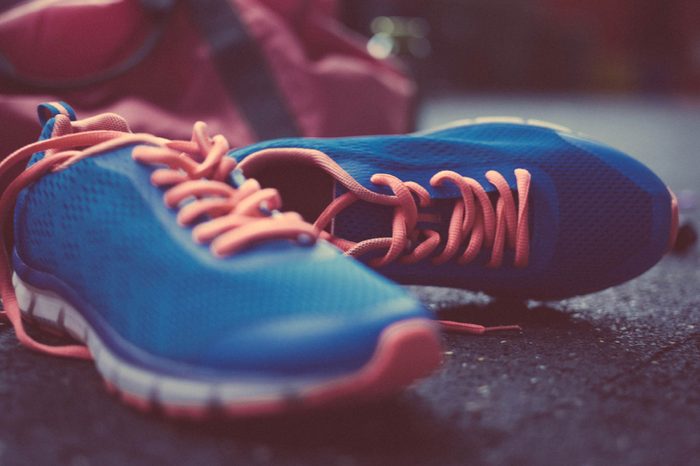
How to become a runner
You have to walk before you can run, but once you have the former down it’s time to pick up the pace. Here’s how to transition, according to experts.

Get the right gear
Once you’ve decided to try out running, it’s time to get yourself new shoes, as the wrong pair can cause foot pain. “Walking and running are two different kinesiological phenomena, and should be treated as such from the ground up,” says personal trainer Amanda Dale. “Running shoes should encourage a midfoot strike—rather than the heel strike that most of us use while walking—and provide proper cushioning to combat your foot’s natural pronation (inward rotation) or supination (outward rotation). Getting a professional gait analysis and shoe fitting is typically a free service available at any major running store.”

Start off slow
Once you decide to begin a running routine, you’ll want to ease yourself into it, and ratios are a great way to start off slow. “I always train my new runners with walk-to-run ratios—say, three minutes walking to 30 seconds running,” says Dale. “This way, there’s a specific structure for how much running has to be done, and the client doesn’t feel overwhelmed by the task of running itself.” Continue to build in 30-second intervals until the run and walk ratios are equal. Then work in reverse until the walking interval is zero. You can use an app such as Seconds Interval Timer to help build ratios for you.

Prepare with some jumping
“One of the big transitions for walk-to-run clients is impact—literally, the increased pressure of the joints required for a running stride versus a walking one,” says Dale. “I encourage new runners to pick up a jump rope to warm up their joints for a run effort.” Even 60 seconds of skipping rope before a run can get the calves, knees, ankles, and feet ready for the steady pounding of a jog. Use an app like Jump Rope Workout to get you started.

Use your surroundings
If you walk through neighborhoods, play games with your running and walking based on what you encounter. “Every time you see a car drive by, you have to run for 20 seconds or when you see an animal, you have to run for 20 seconds,” says sports chiropractor and certified strength and conditioning specialist Matt Tanneberg. “This will make it entertaining to go for walks and slowly begin to incorporate running into the process.”

Join a group
“Lots of areas have running groups that you can join,” says personal trainer Alex Haschen. “These groups have scheduled runs, and the runners usually break apart into pace categories.” If you can’t find a group, search Facebook or ask the front desk at your gym. Working out with others is just one of the many hacks to make exercising less of a chore.

Crank up the tunes
Time to get out those headphones and put them to use. Tanneberg suggestions playing some of your favorite upbeat songs, and every time you hear the chorus, run until it stops. “This will get your mind off of the exercise,” he says. “It will force you to focus more on the music, which will make the time go by much more quickly as well.”

Sign up for a race
“Find a 5K or longer race that is at least four months away and sign up,” says Haschen. “5Ks are usually cheap, and worst case scenario, you end up walking it in under an hour. The motivation to run really intensifies if you put money on the line and others are expecting you show up.” Here’s what you need to know about running your first race.

Get a clean bill of health
When starting any new exercise routine, it’s important to make sure your body is well-equipped to handle the new stress you’re about to place on it. A number of things can happen to your body when you start a new running workout, and so all new runners might want to go to their doctor to get a complete physical to make sure they have clearance to begin their new routine.